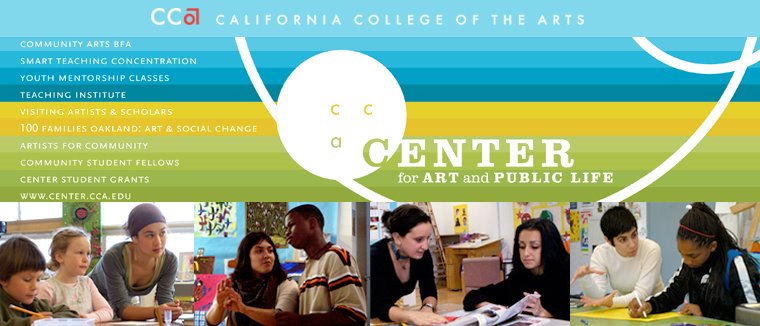GIRLS INC.
"Girls Inc. of Alameda County is a nonprofit organization dedicated to inspiring all girls to be strong, smart, and bold. We are a local affiliate of the national Girls Inc. organization, which provides vital educational programs to millions of American girls, particularly those in high-risk, underserved areas."
I am a part of Girls Inc., an afterschool program in Futures and Community United elementary schools located in East Oakland. My job title is a teaching artist in which I teach art and literacy in the GIRLStart Literacy Program. GIRLStart is a program for kindergarten through third grade girls that have a below reading grade level.
My goal is to help build and strengthen the girls' literacy skills through the creative process. I hope to engage my students by creating a lesson that involves craft and literacy tools. There is no doubt that I will learn as much from them then they will from me.
GIRLS INC. is respected program because it serves the needs of the youth by providing outside activities, parent and student counseling, homework help, and clubs (such as the dance, cooking, gardeing, and art history club). I am also running my own club called the "Craft Club" in which the students and I get together to do an activity twice a month on 'club fridays.'
Overall, I enjoy working in the GIRLStart Literacy Program and look forward to enhance my teaching practice and communication skills among students. I value the education of today's youth; I wish to inspire these girls to follow their dreams and build future careers.
-CSF Parina Daraphet








